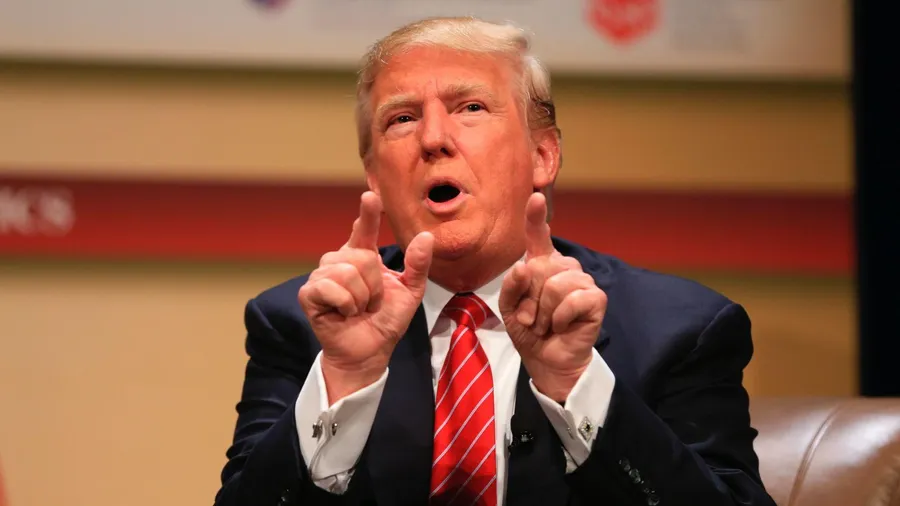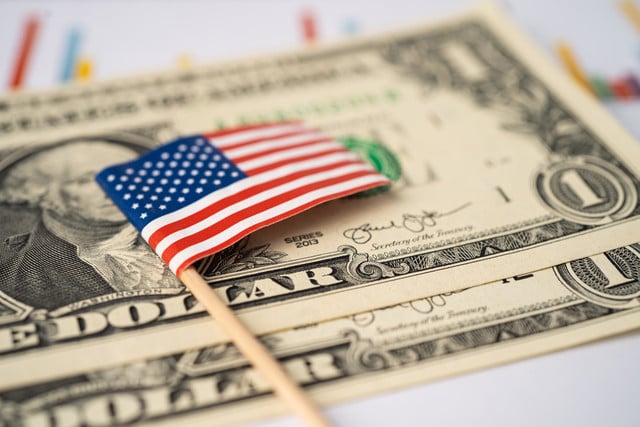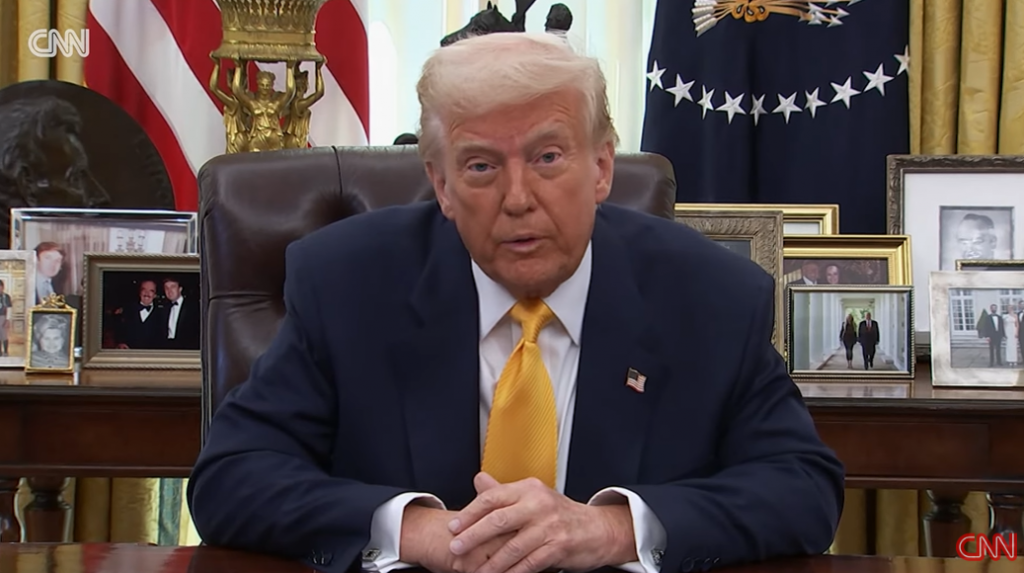In 2025, former U.S. President Donald Trump imposed new tariffs that have stirred global markets and drawn responses from various countries.
The tariffs, aimed at reducing the U.S. trade deficit and bringing manufacturing jobs back to the country, have sparked concern worldwide about their long-term economic effects.
The U.S. now faces a complex situation as it tries to balance protectionist trade policies with international relations.
What Are the New Tariffs?

Trump’s tariffs focus on a range of goods, targeting products from the European Union (EU), China, Mexico, and other countries.
Key sectors impacted include automobiles, agricultural goods, and electronics.
The EU saw a 25% tariff increase on imports like cars and machinery, while Chinese goods faced higher tariffs of up to 34%, raising the total tariff on China to 54%.
These tariffs are part of a broader attempt by the U.S. to reduce trade deficits and encourage domestic production. However, their implementation has led to significant global economic shifts.
Immediate Impact on Global Markets
The announcement of these tariffs had an immediate impact on global stock markets. Major indices such as the S&P 500, Dow Jones, and Nasdaq all experienced drops, signaling investor concerns about the broader economic effects.
While the U.S. dollar weakened against other currencies, the price of commodities such as oil and gold saw significant changes.

The price of gold, considered a safe haven in times of economic uncertainty, spiked to a record high of $3,210 per ounce. Meanwhile, oil prices dropped as markets worried about the impact of tariffs on global demand.
China’s Response to the Tariffs
As expected, China responded to these tariffs with retaliation.
The Chinese government raised tariffs on U.S. imports, especially agricultural products, and imposed additional restrictions on U.S. companies operating in the country.
China also restricted film imports, further adding pressure to an already strained economic relationship between the two countries.
China’s response emphasizes its commitment to defending what it sees as fair trade practices. Chinese leaders have criticized the U.S. tariffs as “bullying” and a violation of international trade rules.

The European Union’s Reaction
The EU has expressed its concerns about the impact of Trump’s tariffs on the global trade system.
European leaders have warned that the tariffs could lead to economic instability, and they have considered implementing their own retaliatory measures.
The EU has also emphasized the importance of maintaining a rules-based global trading system and has called for further negotiations to resolve the issues caused by the tariffs.
Concerns from U.S. Allies
Countries like Canada, Mexico, and others in the Americas, as well as European nations, have expressed dissatisfaction with the tariffs.
These countries, traditionally allies of the U.S., are now facing tariffs that impact their economies.
The United States’ allies feel that they are being punished for their trade relationships with the U.S. and have sought to find ways to protect their own interests in this trade war.

Global Trade War: What’s Next?
As tensions rise, the situation remains complex. While some argue that Trump’s tariffs will help American industries by encouraging domestic manufacturing, others believe they could lead to higher consumer prices and hurt global trade.
The tariffs have forced nations like China and the EU to rethink their trade strategies and bolster their own economic independence.
It’s unclear what long-term impact these tariffs will have. As countries retaliate and global markets respond, the economic effects will unfold over time.
However, one thing is clear: Trump’s trade policies have reshaped international economic relations and created uncertainty that could last for years to come.
Trump’s tariffs have undoubtedly caused a major shift in global trade.
With countries like China and the EU pushing back, and U.S. allies questioning the fairness of these measures, the international landscape is in flux.
As we continue to see the impact of these policies unfold, the world watches closely to see how the U.S. economy will adapt, and whether these protectionist measures will truly benefit American workers in the long run.




